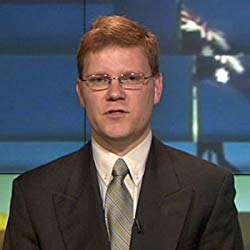Geiger Readings for Oct 28, 2018
Ambient office = 135 nanosieverts per hour
Ambient outside = 85 nanosieverts per hour
Soil exposed to rain water = 87 nanosieverts per hour
Ambient office = 135 nanosieverts per hour
Ambient outside = 85 nanosieverts per hour
Soil exposed to rain water = 87 nanosieverts per hour
Ambient office = 121 nanosieverts per hour
Ambient outside = 90 nanosieverts per hour
Soil exposed to rain water = 80 nanosieverts per hour
The U.S. Department of Energy (DoE) has just awarded a three hundred and three million seven hundred thousand dollar grant to General Electric’s Global Research Center (GRC) for the continued development of a new type of nuclear fuel rod. The GRC will be collaborating with three national laboratories in the project.
Ambient office = 116 nanosieverts per hour
Ambient outside = 96 nanosieverts per hour
Soil exposed to rain water = 100 nanosieverts per hour

Australia has a complex relationship to nuclear issues. They are a major exporter of uranium for nuclear fuel to global markets, but they have rejected the use of nuclear reactors for the generation of electricity although that policy is currently being debated. There are scattered stores of low-level nuclear wastes at over one hundred sites that should be consolidated.
Ambient office = 78 nanosieverts per hour
Ambient outside = 99 nanosieverts per hour
Soil exposed to rain water = 108 nanosieverts per hour
Concern about the use of radioactive materials for nuclear bombs or dirty bombs has caused nations who fear they may be targets to take steps to prevent the smuggling of radioactive materials across their borders. The United Kingdom is spending funds to enhance their ability to detect radioactive materials inside the U.K.